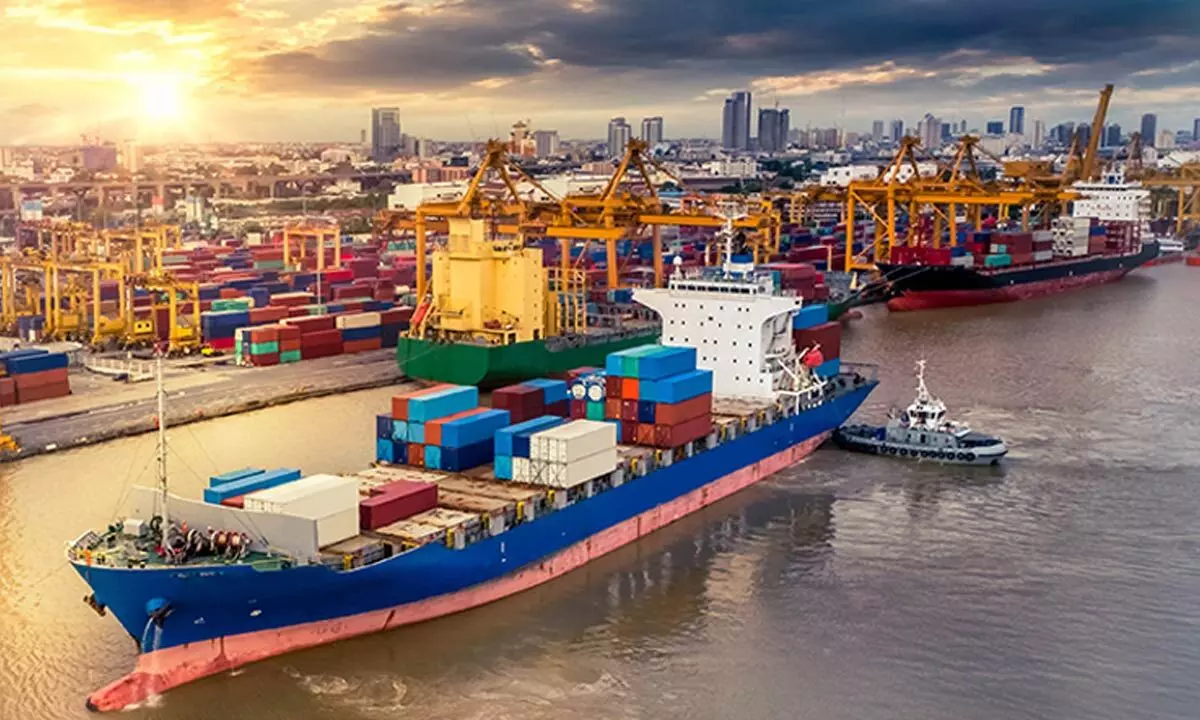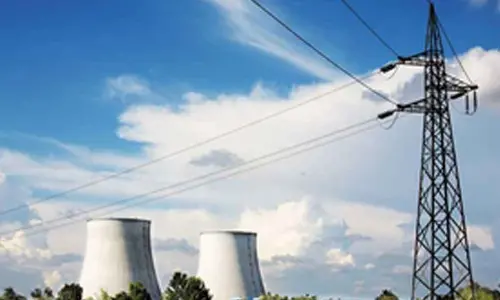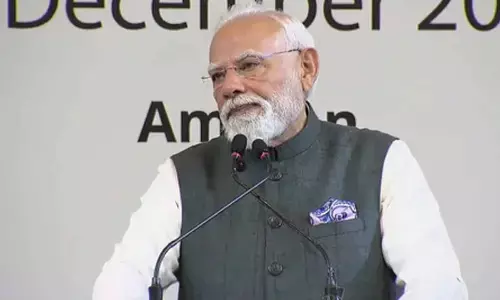India's unseen potential to contribute to its maritime industry

The Indian economy has experienced extensive expansion in a number of industries over the last decade.
The Indian economy has experienced extensive expansion in a number of industries over the last decade. However, there are a few unconventional and out-of-the-way developments occurring in India that must be taken into consideration. The transformation in India's maritime industry's vision is one of the current events that are occurring in hindsight and should be highlighted as it offers massive benefits in India. Indians have not yet fully grasped the changes taking place in the maritime sector to appreciate its commercial and employment opportunities. Along with stakeholders from the Ministry of Ports, Shipping, and Waterways, Prime Minister Narendra Modi has placed a special emphasis on the marine industry.
Even if a number of developments in many industries are frequently reported, it seems difficult to reorient a long-standing industry to accommodate recent changes. Important questions arise, such as how India might achieve its maritime vision by 2030? What is the best strategy to promote prosperous growth that is in line with the expansion of other Indian industries? We discovered the best way for India to realise its objective in this area. The examples that follow demonstrate how advancements in other industries can be implemented into the marine sector, which will increase India's commercial and employment opportunities both domestically and abroad. Thus, we can see how various industries contribute to the maritime sector…
Technology
Technologies are finding their way into the maritime sector. Decision-making, automation, safety, and trade route optimisation are increasingly driven by Artificial Intelligence (AI). Sensors are used to inspect the onboard machinery. Robots equipped with sensors can help protect people on board ships due to the hazardous environment, as well as record and evaluate real-time data. For instance, the US-based business Alicia Bots creates robots for ship maintenance and cleaning. By doing this, it is possible for shipmen to supervise these remote-controlled robots without placing humans in potentially dangerous situations on board the ship. These robots clean, polish, look for corrosion, and get rid of sludge. Rough seas are challenging for shipmen and other passengers, big data can capture historical and chronological weather conditions and then be utilised to make predictions. It also aids with other parameters like efficiency and time. The difficulties that shipmen confront in real life while at sea are made more vivid via Augmented Reality (AR). Additionally, it would offer current information in the field of education. These technological advancements have the potential to transform the maritime sector given India's aim of "smart ports".
Manufacturing
More sustainable materials are being manufactured such as fibre-reinforced plastic which are being used in megaships. This helps to maintain the maritime ecosystem by carrying more cargo and lowering traffic, as well as oil spills, excessive fuel usage, and greenhouse gas emissions. India’s “Make in India” initiative can make this happen where maritime-related infrastructure can be improved. India faces many difficulties, including capacity. 90% of all trade with India is discovered to be carried out via sea. Therefore, additional ports need to be built. However, with the use of such sustainable materials that have increased cargo carrying capacity can prove to reduce government expenditure, commercialization of land, and time-consumption in creating new logistical chains. The manufacturing industry developments have been vivid at international levels and need to be incorporated in India for both manufacturing and maritime industry. The manufacturing business has experienced significant international growth, and both the manufacturing and maritime industries in India need to adopt these innovations.
Waste-to-resource
The appropriate use for waste is one of this industry's most important aspects. Unnmukt Urja, an Indian startup, for instance, offers bio-crude. They have decreased the cost of agricultural waste by building a smart supply chain. As a result, ship and fleet owners can access bio-crude by substituting significant capital expenditures with less expensive ones.
Engineering, Energy and Environment.
Engineering firms are developing modern ship engines that contribute to energy efficiency and environmental preservation. For instance, a British start-up is developing energy-efficient ship engines by substituting ceramic parts for metal ones that can tolerate high temperatures (CARNOT). By storing the energy that was before utilised to cool the engines, it promotes energy savings. These engines use biofuels which greatly lowers fuel consumption and carbon emissions. Another example is TECO 2030, which manufactures fuel cell power production systems. For ships using fossil fuels, it aids in obtaining zero-emission power for vessel operations. Given that India's wishes to achieve sustainable development, advancements in environmental protection and sustainable energy efficiency would aid in furtherance of this goal.
Network
In a time when technology is used for everything and the world is changing at a rapid pace. Making difficult decisions calls for real-time information. Disruptions in connectivity will result from a heavy network load, especially as 90% of global trade uses India's marine route. Due to the increased vessel traffic, data-driven information is required for remote activities, including trade, search and rescue, in order to prevent operational disruptions. A Spanish start-up is providing small-aperture terminals (VSATs) for offshore communication as well as 5G connectivity solutions for near-shore communications (TMS Maritime Solutions). JET Engineering System Solutions, another British startup, makes 5G possible at sea. It develops a 5G-mesh by building connectivity systems that are uncrewed and autonomous. Other than trade and remote operations it also aids in aquaculture management, renewable asset monitoring and enables smart ports.
In conclusion, we can state that despite the frequent reporting of numerous advances across a wide range of businesses, India is met by the challenge to transform industries parallelly with others. An ideal strategy for India is to apply the improvements in other sectors to the industry-in-focus since it is clear how several industries can support each other.
Written by
Harsha Sheelam
Doctoral Scholar (PhD) at ICFAI Business School, IFHE deemed-to-be University (UGC Act, 1956), Hyderabad.
M Maschendar Goud
Assistant Professor, Institute of Public Enterprise, Osmania University Campus, Hyderabad.














